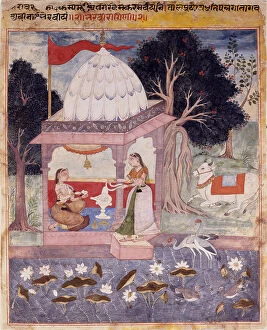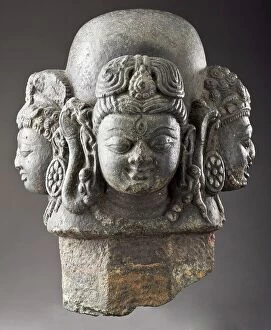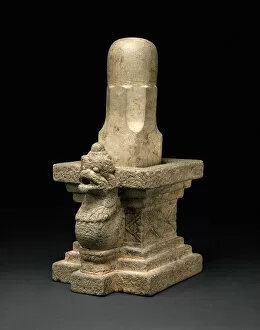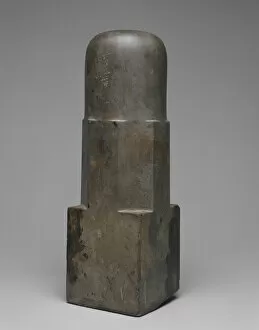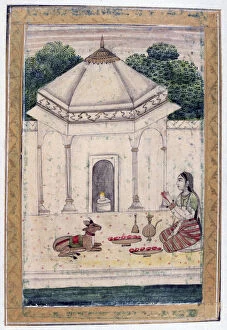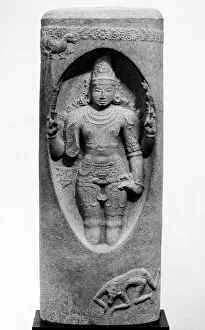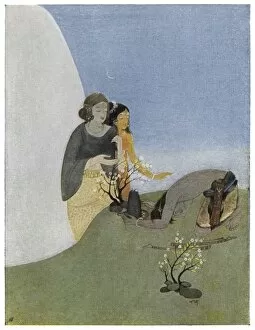Linga Collection
The linga, a symbol of Shiva, holds immense significance in various cultures and time periods
All Professionally Made to Order for Quick Shipping
The linga, a symbol of Shiva, holds immense significance in various cultures and time periods. From the four-faced linga in Nepal to the Shiva lingams at the Pashupatinah Temple, these stone structures embody divine power. Created by unknown artists during different eras like the 12th/13th century or Angkor period, they showcase exquisite craftsmanship. One such emblem of God Shiva is depicted with a serpent base from the 12th/13th century. Its mysterious creator left behind an enigmatic legacy for us to ponder upon. Similarly, another emblem from the Angkor period captures our attention with its intricate details and artistic finesse. Dating back to the 10th-13th century, Lingas made of stone stand as timeless testaments to human devotion. These sacred objects were revered then and continue to be so today. In late 19th-century India, we find a Linga Temple Compound whose creator remains unknown but has left behind a remarkable architectural marvel that stands tall even after centuries have passed. Moving away from temples and sculptures, we encounter cultural depictions of lingas in unexpected places like Bhairavi Ragini artwork from Rajasthan's School or advertisements for Beatl table lamps and picnic baskets dating back to 1930s. Delving further into history through Victorian Stereoview cards circa 1900 India reveals captivating images of rock-hewn cave temples like Elephanta's Great Cave with its east doorway leading into the Linga Shrine. These glimpses into social history transport us back in time while showcasing the grandeur of these ancient structures. Lastly, it is important to note that beyond their physical form lies deep symbolism - representing fertility and creation through their phallus-shaped design. The holiest form of lingam serves as a reminder of life's eternal cycle and spiritual connection.

